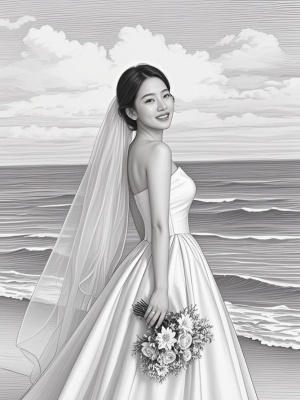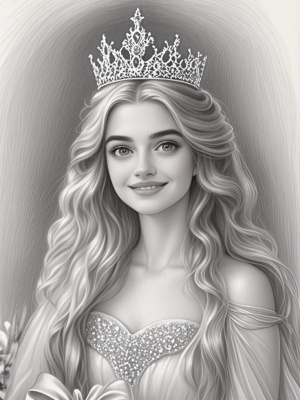The Art of Pencil Self Portrait: A Comprehensive Guide
Introduction
Creating a pencil self portrait is one of the most rewarding challenges for any artist. This timeless art form allows you to explore your identity while honing fundamental drawing skills. Whether you're a beginner or an experienced artist, mastering pencil self portraits can significantly improve your understanding of facial proportions, shading techniques, and self-expression through art.
In this comprehensive guide, we'll explore everything from essential materials to advanced techniques, helping you create stunning pencil self portraits that capture both your physical likeness and inner essence. For more artistic inspiration, visit our gallery featuring various portrait styles.
Essential Materials for Pencil Self Portraits
Choosing the Right Tools
The foundation of any great pencil self portrait begins with quality materials. While you can start with basic supplies, investing in professional-grade tools will elevate your artwork:

- Graphite pencils: A range from 2H (hard) to 8B (soft) for varied line weights
- Quality paper: Smooth bristol board or heavyweight drawing paper (100+ gsm)
- Kneaded eraser: For subtle corrections and highlights
- Blending stumps: Essential for smooth shading transitions
- Sharpener: Maintain precise pencil points for detailed work

Fundamental Techniques for Accurate Portraits
Mastering Proportions and Features
The most common challenge in pencil self portraits is achieving accurate proportions. The human face follows specific mathematical relationships that artists have studied for centuries. According to Tate Museum's portrait guidelines, the eyes typically sit at the midpoint of the head, with the space between eyes equal to about one eye width.

- Start with light construction lines mapping major facial features
- Use the "Loomis method" for head construction
- Pay special attention to eye spacing and alignment
- Observe negative spaces between features
- Regularly step back to check overall proportions
Advanced Shading and Texture Techniques
Bringing Your Portrait to Life
Shading transforms a flat drawing into a three-dimensional representation. For pencil self portraits, mastering value control is crucial. The key is to build up tones gradually, starting light and increasing contrast as the portrait develops. Different facial areas require varied approaches:
- Skin texture: Use circular motions with subtle pressure variations
- Hair: Work in directional strokes following hair growth
- Eyes: Preserve bright highlights for realistic moisture
- Lips: Combine smooth shading with crisp edges
Problem-Solution Matrix for Common Challenges
Troubleshooting Your Pencil Self Portrait
Every artist encounters obstacles when creating pencil self portraits. Here's a quick reference guide to common issues and their solutions:
| Problem | Solution |
|---|---|
| Features look distorted | Use mirror checks and flip your drawing horizontally |
| Shading appears muddy | Clean blending tools frequently and work in layers |
| Portrait lacks depth | Increase value range with darker accents |
| Difficult capturing likeness | Focus on unique features rather than perfect symmetry |
For more artistic techniques, explore our AI painting guide which includes digital approaches to traditional methods.
Conclusion: Developing Your Unique Style
Creating pencil self portraits is a journey of artistic and personal discovery. As you practice, you'll develop not only technical skills but also a distinctive artistic voice. Remember that each portrait reflects a moment in time - your evolving skills and changing self-perception.
The beauty of pencil self portraits lies in their simplicity and depth. With just graphite and paper, you can create profound personal artworks. Whether you're documenting your artistic progress or exploring self-identity, pencil portraits offer endless possibilities for creative expression. For more inspiration on portrait styles, visit our portrait transformation guide.